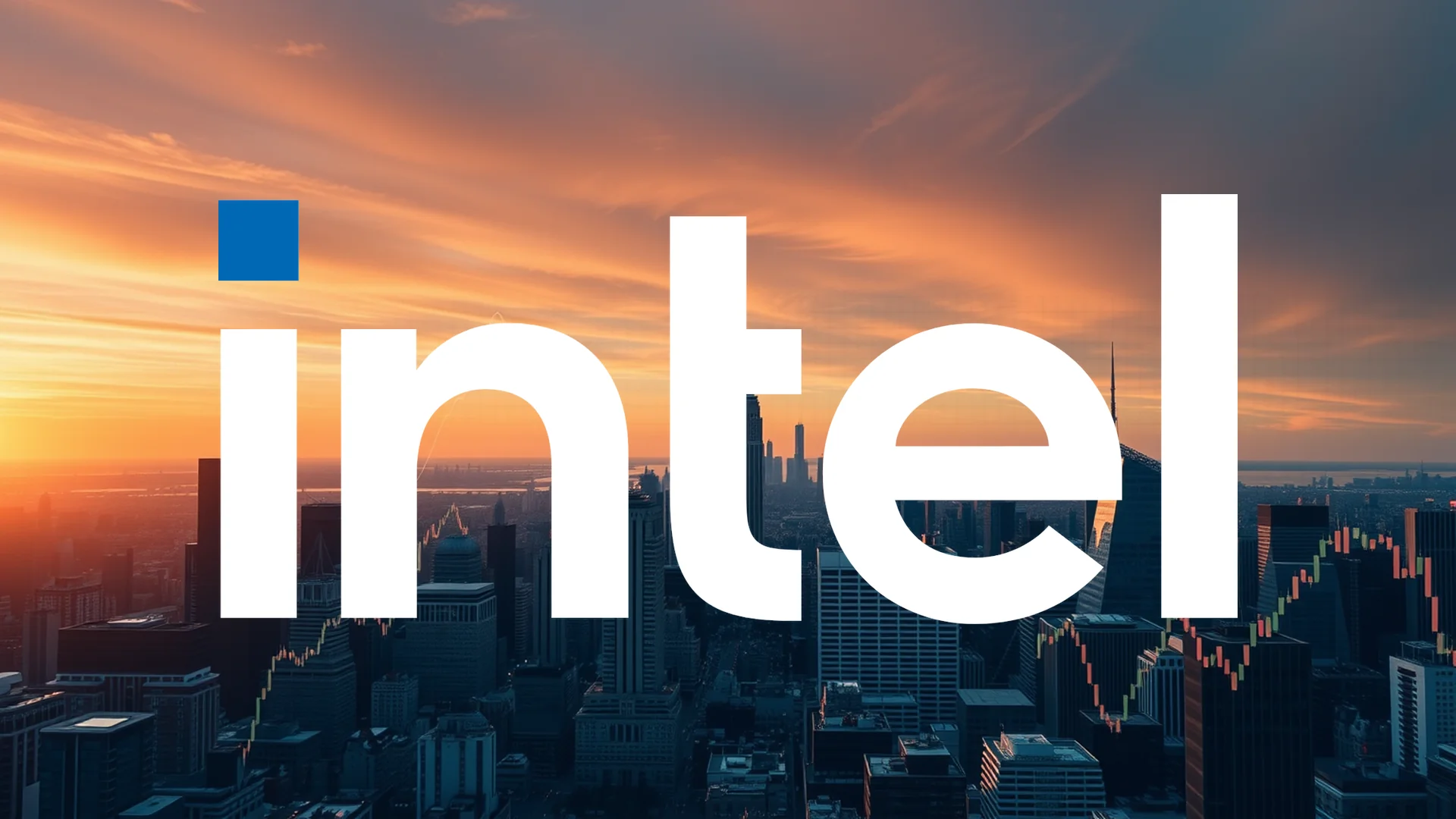Intel shares have delivered a stunning performance over the past month, surging approximately 54% in value. This remarkable upward movement reflects more than just market optimism about a potential technological turnaround. The primary catalysts appear to be substantial financial injections from U.S. government programs and strategic investors, raising questions about whether these developments signal a genuine recovery for the chipmaker.
Government Support Creates Substantial Value
The U.S. government’s 10% stake in Intel, established primarily through grants from the CHIPS and Science Act, has now reached an estimated valuation of $16 billion. This domestic semiconductor production initiative has channeled significant capital into the company in a relatively short timeframe.
Beyond the $9 billion in direct government funding, the company has attracted substantial investments from unexpected quarters. Graphics chip specialist Nvidia contributed $5 billion, while SoftBank Group secured an additional $2 billion through a private placement.
Potential AMD Partnership Signals Strategic Shift
Market observers point to another potentially transformative development: unconfirmed reports that Advanced Micro Devices (AMD) is considering Intel as a contract manufacturer. Such a collaboration would have been virtually unthinkable just a few years ago and would represent a significant validation of Intel’s manufacturing technology.
Should investors sell immediately? Or is it worth buying Intel?
The chipmaker appears to be actively pursuing additional high-profile partnerships, with ongoing discussions reported with both Apple and Taiwan Semiconductor Manufacturing Company (TSMC), the current industry leader.
Market Sentiment Divided on Sustainability
Despite the impressive share price advance, Wall Street remains divided on Intel’s prospects. Technical indicators show the stock may be overbought, with the Relative Strength Index suggesting potential for a near-term correction.
While Deutsche Bank analysts raised their price target for Intel shares, they maintained their “Hold” rating on the stock. The central question facing investors is whether current momentum represents the beginning of a sustainable recovery or merely a temporary boost fueled by government subsidies.
The coming quarters will prove crucial in determining whether Intel can successfully translate these multibillion-dollar investments into operational success and competitive positioning within the global semiconductor landscape.
Ad
Intel Stock: Buy or Sell?! New Intel Analysis from October 4 delivers the answer:
The latest Intel figures speak for themselves: Urgent action needed for Intel investors. Is it worth buying or should you sell? Find out what to do now in the current free analysis from October 4.
Intel: Buy or sell? Read more here...










